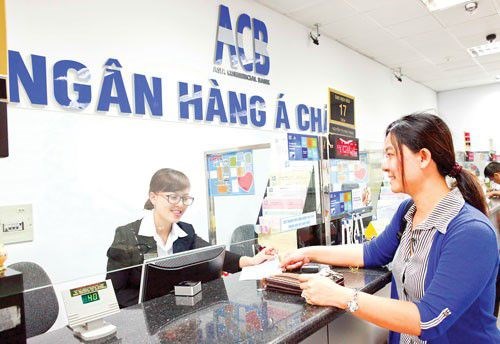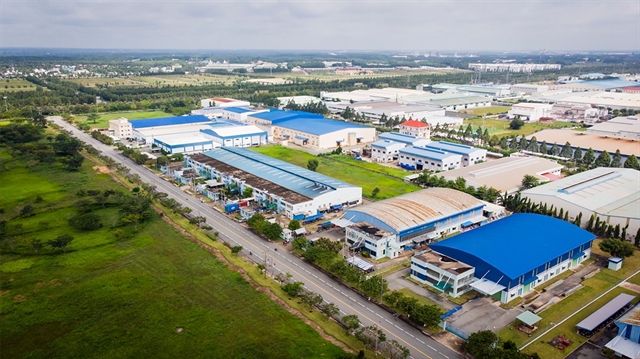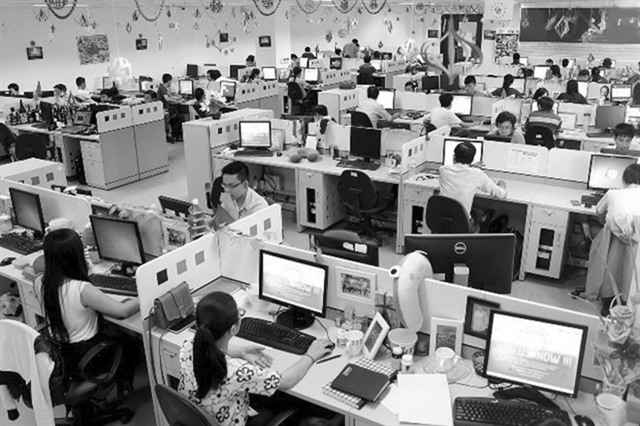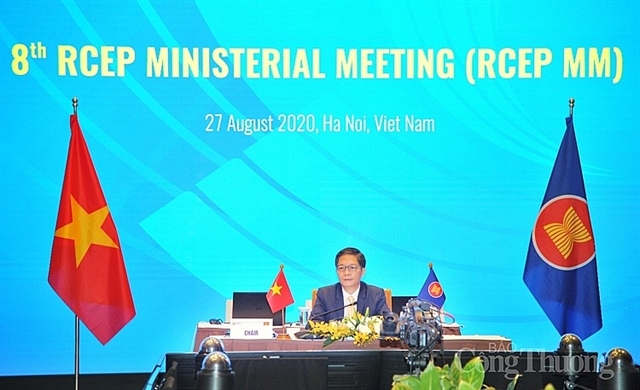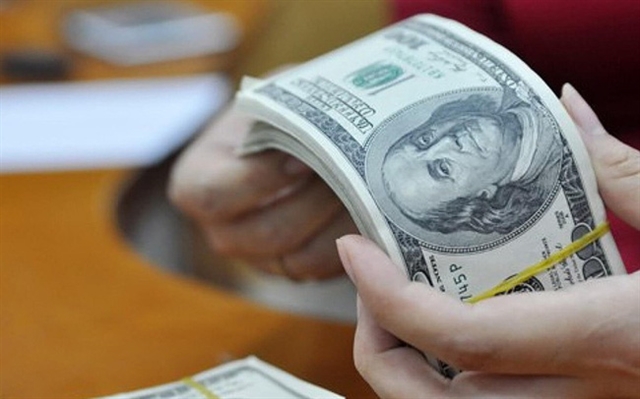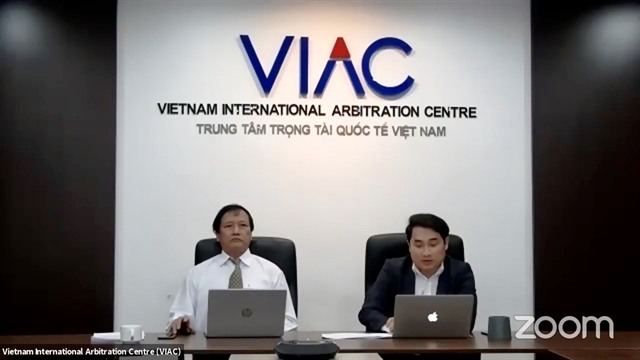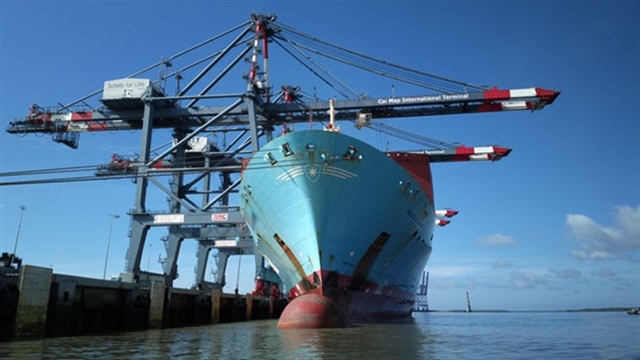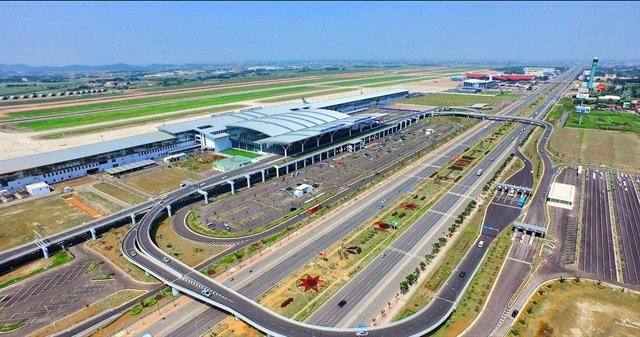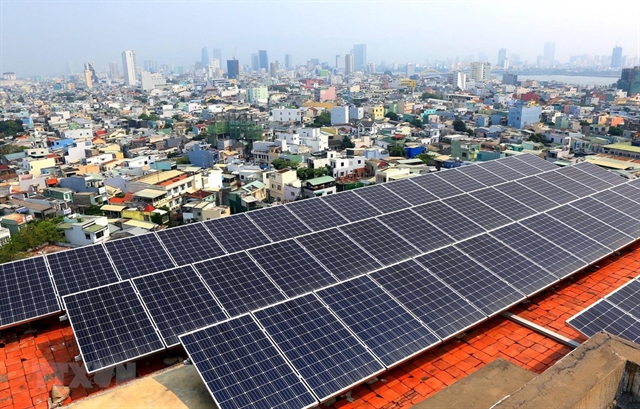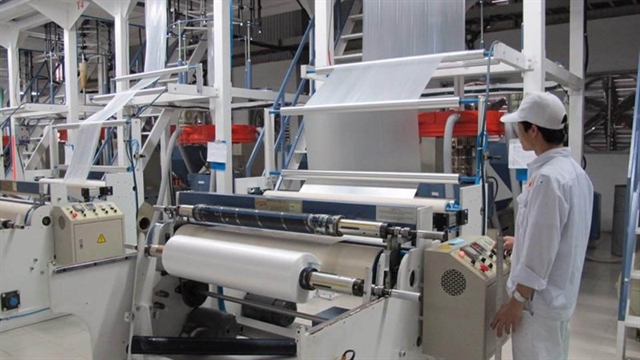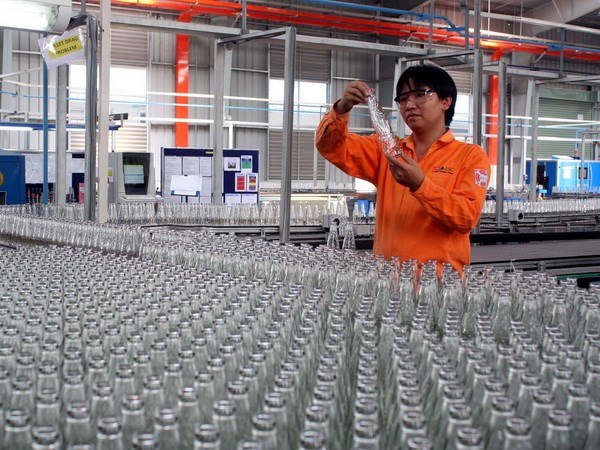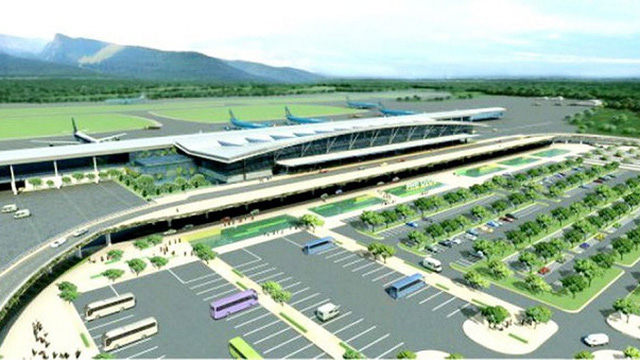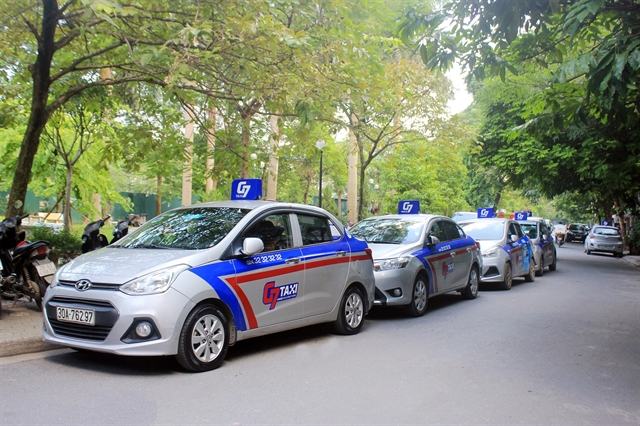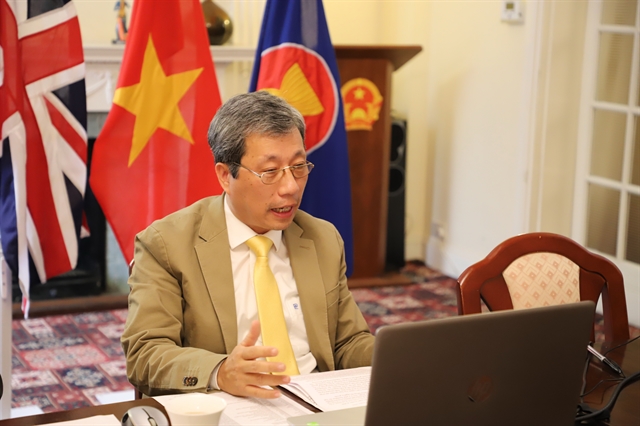by Ollie Arci and Ly Ly Cao
The EU-Việt Nam Free Trade Agreement (EVFTA) came into effect on August 1, becoming the most comprehensive trade agreement the European Union (EU) has concluded with a developing country in Asia.
As the bloc’s second free trade agreement signed with the ASEAN region, after Singapore, it is tipped to strengthen bilateral relations between Việt Nam and the EU significantly.
Spurred by ongoing tensions between the US and China, as well as the pandemic closing borders, a growing number of companies are shifting capital and production, with the EVFTA potentially turning Việt Nam into the manufacturing hub of Asia.
Under the deal, Việt Nam not only opens up for EU companies but also offers the bloc the best possible access to its market. Along a 10-year roadmap, nearly all tariff lines will be cut.
In the first six months of 2020, Việt Nam exported US$18.61 billion worth of goods to EU, down 8.9 per cent over the same period last year, according to official data.
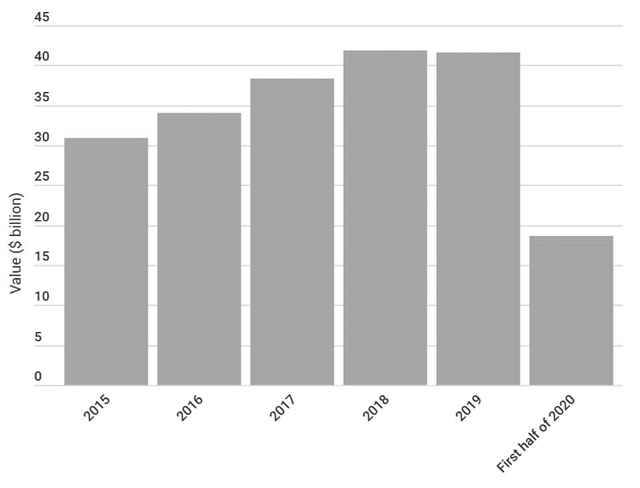
The EVFTA opens a big consumption market for Vietnamese products, especially agricultural products. According to the Ministry of Industry and Trade, exports to the EU are expected to increase by about 42.7 per cent by 2025 and 44.37 per cent by 2030.
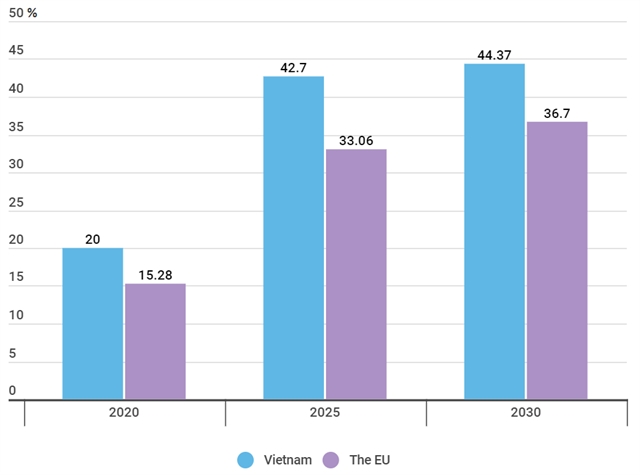
As Việt Nam’s top trade partner in Europe, Germany is in prime position to benefit from the deal.
German Ambassador to Việt Nam, Dr Guido Hildner, said: “The agreement has a huge, positive impact on the relationship between Việt Nam on the one side and the European Union, including its member states, such as Germany, on the other side. It lifts up their relationship to a higher level and opens the door to more intensive co-operation.
"The agreement is not just about tariffs. It will modernise the Vietnamese economy.”
The scope of the agreement could even have a global impact on the Vietnamese trade environment.
“The agreement will bring growth in trade, not just in terms of quantity, but also in terms of quality.
"If Vietnamese food producers improve the quality of their products in order to meet EU standards, in terms of safety, health, hygiene, environment, that will enable them to reach a higher export value.
"Their products will be more attractive and more competitive, not only within the EU, but also worldwide,” Dr Hildner said.
Huge milestone
One company which already has a presence in Việt Nam is B. Braun, a medical equipment manufacturer.
Torben Minko, managing director of B. Braun Vietnam and co-chairman of the German Business Association (GBA), has high hopes for the agreement.
“I think the FTA is a great milestone for us as German companies, but also for European companies, especially over the next couple of years.
"It's very important that 99 per cent of all tariff lines will be eliminated. And that, of course, will be a great opportunity for German and European products here to Việt Nam because we then are in the same playing field as other countries who already entered into free trade agreements with Việt Nam, for example, Japan, South Korea or Australia.”
With the economy taking a significant hit due to COVID-19, the EVFTA could help Việt Nam return to the high levels of growth seen in recent years.
“I believe the EVFTA will give a great boost when it comes to GDP growth, not only for Việt Nam but also for the European Union and Germany. The FTA will be a great opportunity for both countries.
“Việt Nam is even able to boost their GDP growth into a double-digit area, which is quite unique in the world,” Minko added.
Trịnh Đức Kiên, vice director of Kego Company Ltd., a producer and supplier of wooden products, said: “Talking about the advantages of the trade deal, we usually mention the tax aspect because when the trade deal goes into effect, the tax will be reduced to zero, especially for wood companies.
“However, if we assess this advantage, it doesn’t create a strong development in the near future because even before the EVFTA, companies like mine received many tax incentives when exporting to the EU. The tax is about 0 – 6 per cent, depending on products.”
For Kiên, the biggest benefit the EVFTA brings is the chance for development and advancement.
“We need to look at the general picture. Wooden products exported to other markets do not have strict rules on origin,” Kiên added.
“But now to export to the EU, we must follow their requirements, such us our disposable wooden knives, spoons and plates will need FSC certification to guarantee the wood materials are legal and traceable – only then we can export our products to the EU.”
The EU has high standards on quality, so to export goods, businesses have to meet some tough requirements. If one business meets these, it opens up possibilities in other demanding markets.
“With these requirements, businesses who want to enter the EU market must change. So it puts pressure to force us to change and develop,” Kiên said.
“And once we can sell products in the EU market, it will become our passport to let us enter other markets such as the US and Japan.”
Bright future
The deal offers a whole lot more than just tax cuts, setting the stage for a closer partnership between one of the world’s largest economies and Asia’s most exciting powerhouse.
The German Ambassador added: “The agreement is a very modern instrument. It goes beyond the question of tariffs and addresses, for instance, labour rules or environmental standards.
“So, it will bring a modernisation push to the Vietnamese economy. There is also the human dimension. The agreement will bring together people from both sides and it will open up an area for the exchange of ideas.”
Through such co-operation, the global slump of 2020 could be short-lived, and economic recovery closer than expected. — VNS
